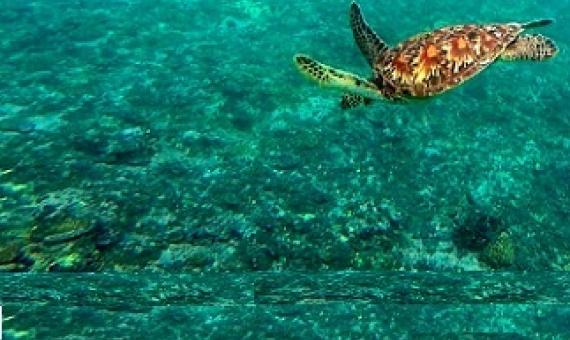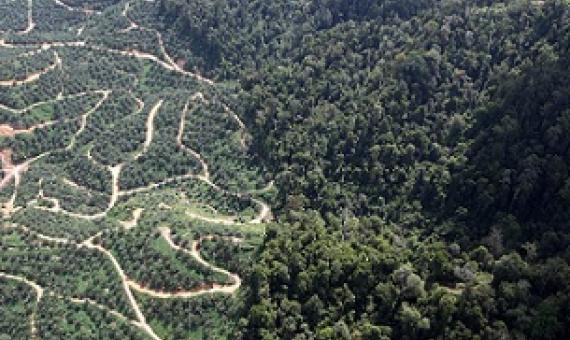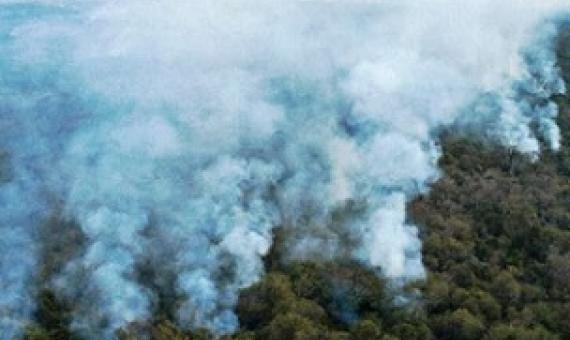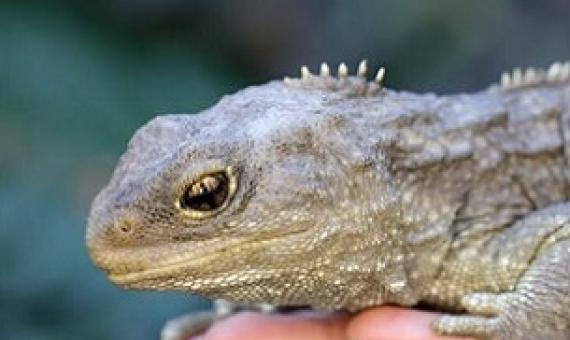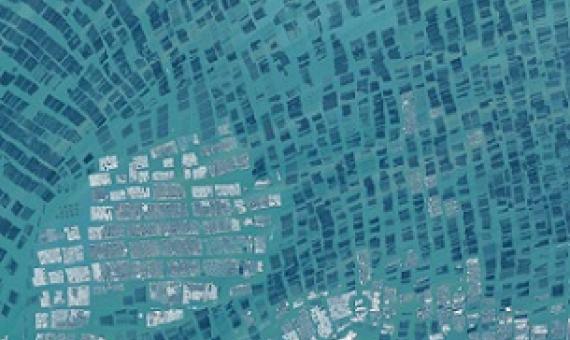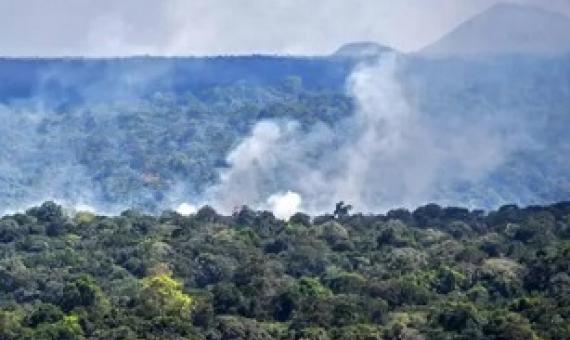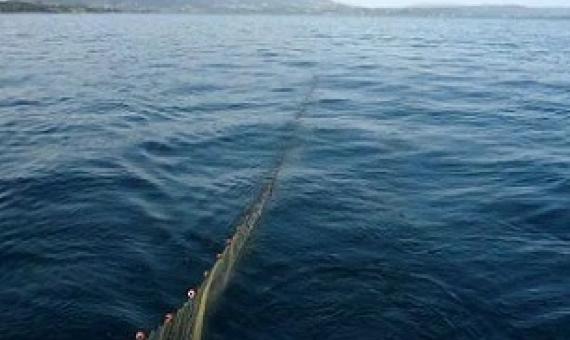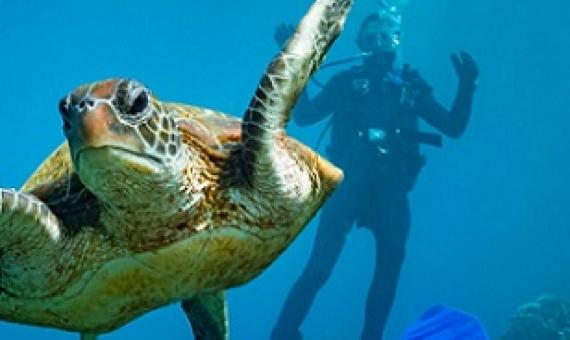Human activities and climate change threaten marine biodiversity worldwide, though sensitivity to these stressors varies considerably by species and taxonomic group.
A new report by the U.N.
Designating land as a protected area (PA) reduces, but does not stop, deforestation, according to a recent study that found rates of deforestation are only 41% lower in PAs compared to non-PAs.
An area of pristine rainforest the size of the Netherlands was burned or hacked down last year, as the destruction of the planet's tropical forests accelerated despite a global economic slowdown, according to research Wednesday.
Islands are biodiversity hotspots. They are home to 20% of the world's plants and animals yet cover only 5% of the global landmass. But island ecosystems are highly vulnerable, threatened by habitat fragmentation and introduced invasive weeds and predators.
Despite aquaculture's potential to feed a growing world population while relieving pressure on badly depleted oceans, the industry has been plagued by questions about its environmental impacts.
Outbreaks of infectious diseases are more likely in areas of deforestation and monoculture plantations, according to a study that suggests epidemics are likely to increase as biodiversity declines.
Engineers from UNSW Sydney have designed and built a system that biomimics tides to help restore vital coastal wetlands.
Protecting areas of ocean from destructive human activity could help prevent climate change, protect biodiversity, and at the same time increase the catch of fish, according to the most comprehensive analysis of its kind.
Compared to fully safeguarded marine protected areas, partially protected areas have little benefit for marine life or people’s enjoyment...an in-depth study of MPAs along Australia’s southern coast shows that these partially protected reserves are largely ineffective—both for protectin

